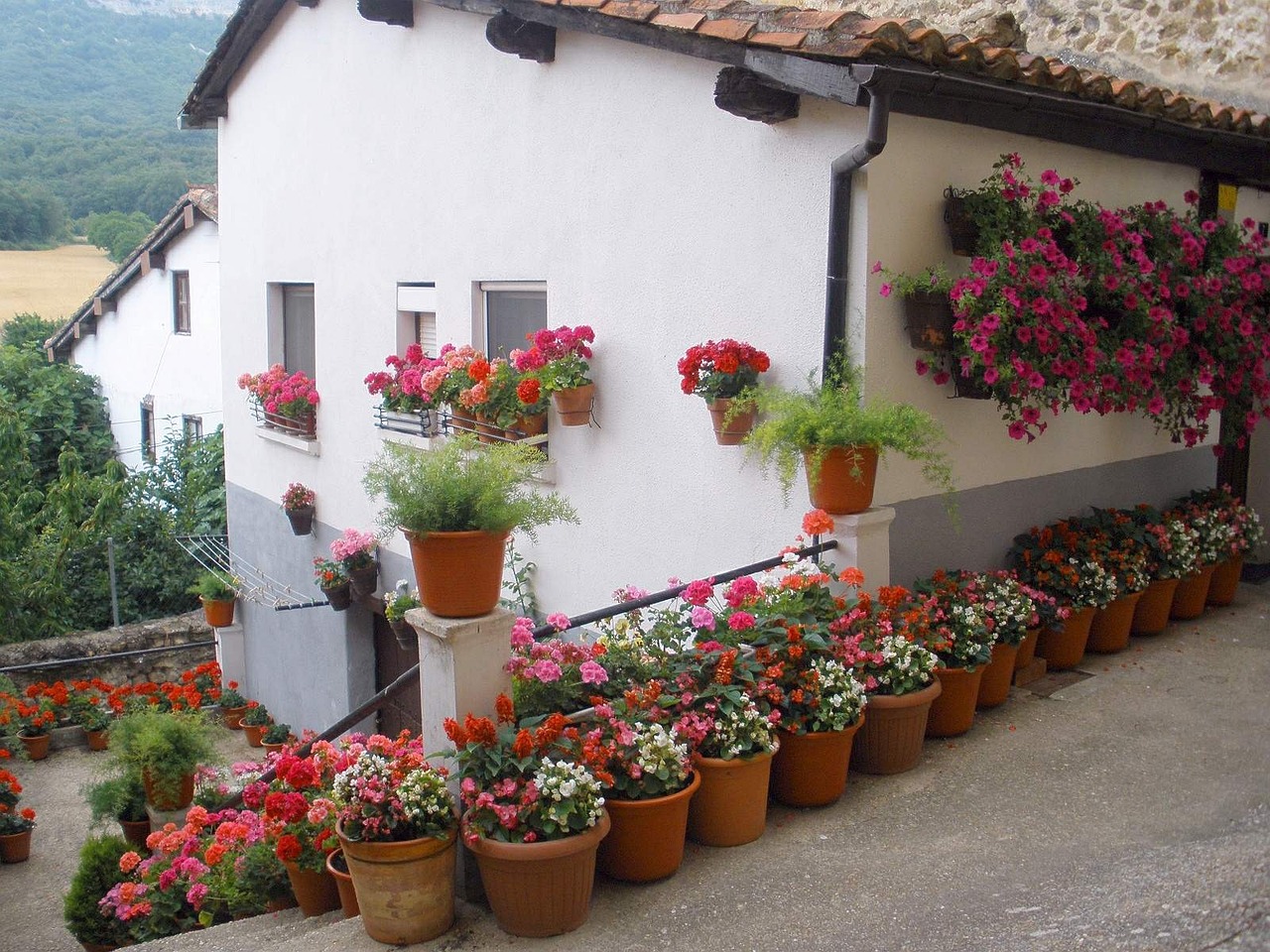Creating a Sustainable Garden: Tips for Eco-Friendly Gardening
Sustainable gardening offers numerous advantages for both the environment and gardeners. By reducing water consumption and chemical usage, sustainable gardening helps conserve precious resources while minimizing harmful impacts on ecosystems. Additionally, this eco-friendly approach promotes biodiversity and supports pollinator populations, contributing to a healthier and more resilient ecosystem.
Incorporating sustainable gardening practices into your routine can also lead to cost savings in the long run. By utilizing composting, rainwater harvesting, and natural pest control methods, gardeners can decrease their reliance on expensive synthetic fertilizers and pesticides. Furthermore, sustainable gardening fosters a deeper connection with nature, allowing individuals to appreciate the beauty and benefits of a thriving, self-sustaining garden.
Choosing Native Plants for Your Garden
Native plants are an excellent choice for your garden as they are well-adapted to the local climate and soil conditions. By selecting native plants, you can reduce the need for excessive watering, fertilizers, and pesticides, making your garden more sustainable and environmentally friendly. Additionally, native plants provide essential habitat and food sources for local wildlife, contributing to the overall biodiversity of your garden.
When choosing native plants for your garden, consider factors such as sunlight exposure, soil type, and moisture levels to ensure they thrive in their new environment. Research the native plant species that are native to your region and select varieties that suit your specific gardening needs and preferences. By incorporating native plants into your garden, you can create a beautiful and ecologically beneficial landscape that will require less maintenance and support local ecosystems.
What are some benefits of sustainable gardening?
Sustainable gardening helps conserve water, promotes biodiversity, reduces the need for pesticides, and supports local wildlife.
How can I choose native plants for my garden?
Research which plants are native to your specific region and climate. Consider factors such as soil type, sunlight exposure, and water requirements.
What are some examples of native plants that I can incorporate into my garden?
Some examples of native plants include milkweed, coneflowers, black-eyed susans, and butterfly bushes.
How can native plants benefit local wildlife?
Native plants provide food and habitat for local wildlife, including birds, bees, butterflies, and other beneficial insects.
Will using native plants in my garden require less maintenance?
Yes, native plants are well-adapted to the local environment and typically require less water, fertilizer, and maintenance compared to non-native plants.
Can I still incorporate non-native plants into my garden?
While it’s beneficial to prioritize native plants, you can still incorporate a few non-native plants as long as they are not invasive and do not outcompete native species.





